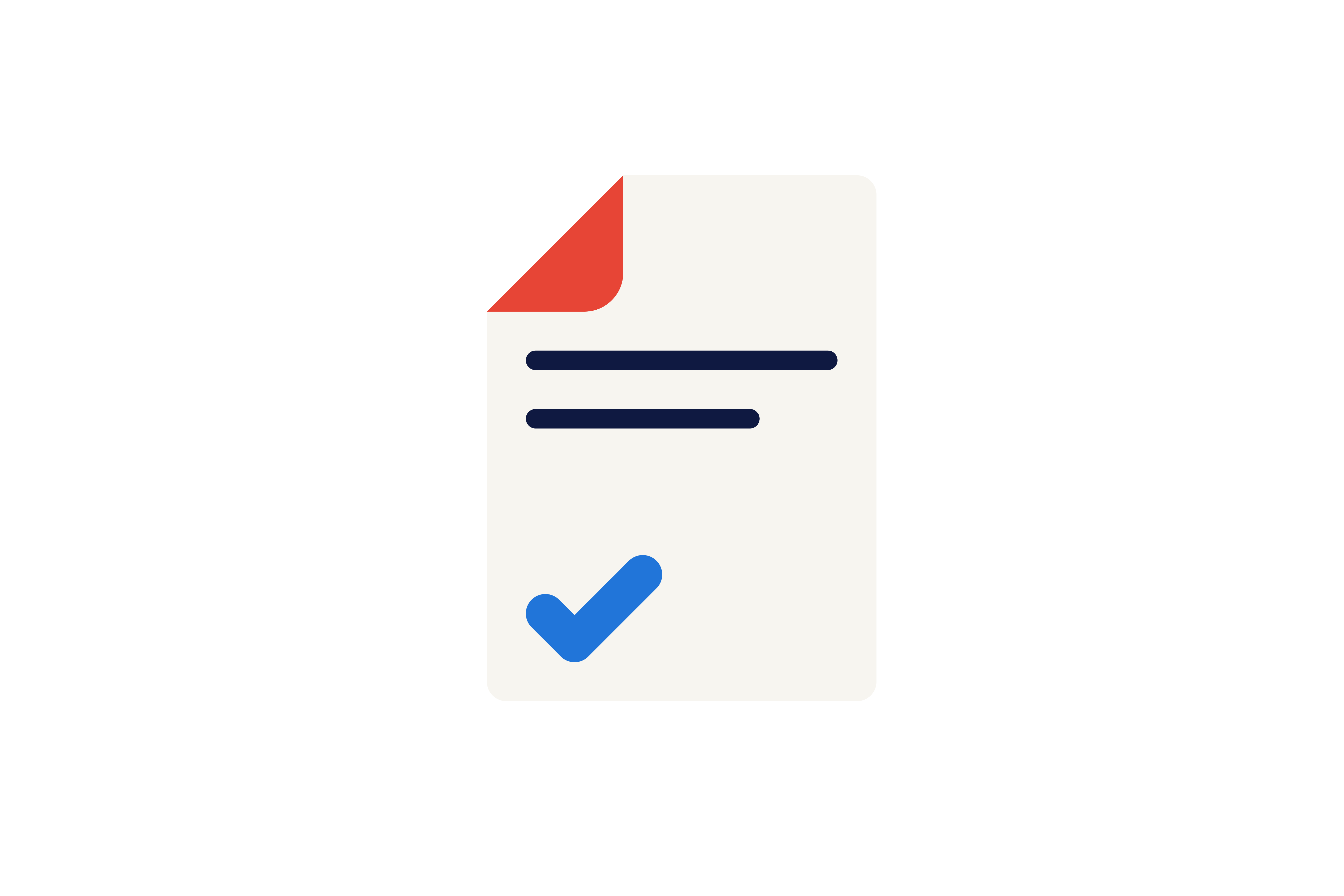If we’ve learnt anything while working from home in the COVID-19 lockdown, it’s that the intersection of technology and our working lives has never been more crucial. If you’ve spent the last couple of months trying to find work, this reality is even more apparent.
Not only is a good portion of the job hunt itself online, there seem to be warnings coming from every direction about a new type of AI ready to scan our resumes or scrutinise our skill sets.
When people worry about robots reading their resumes they’re mostly referring to Applicant Tracking Systems (or ATS), which employers use to eliminate human bias and streamline the recruitment process.
Even with these benefits, it’s understandable that we’ve become a bit wary. While in reality a human hiring manager always makes the final decision, it’s a good idea to know the dos and don’ts of writing a resume in the digital age.
in the end, taking the time to do your research and optimise your resume will see you reap the benefits.
1. use technology to do your research
Unlike in the days of yore, the online world is ready and waiting to be mined for nuggets of information about the company you’re applying for and the specific role. Starting with official sources like the company’s website or social media pages never hurts, as it can give you a window into how your potential employer wants to be seen and if you fit in with that image.
You can always follow that up with more minor official routes like employee reviews or LinkedIn accounts to understand better the company’s culture and the realities of working there. Not only will taking the time to do this online research help you decide if the role is proper for you, but it will also provide you with valuable information when it comes time to sit down and write your resume.
2. mirror the job posting
You’ve heard it repeatedly, but each resume you submit needs to be tailored toward the role you’re applying for. While a hiring manager can easily pick up on and discount cut-and-paste resumes, AI might do likewise if your resume doesn’t align itself well enough with the job description. Nowadays - when it isn’t so easy to see a ‘help wanted’ sign, walk into a workplace and ask for a job - most job openings are posted online.
The good news is that this makes it easier to directly respond to them, as most online postings outline precisely what the perfect candidate looks like. When you’re writing your resume, you can check off any criteria using the exact posting wording for the AI to pick up on - as long as you truthfully fulfil the requirements.
There’s nothing worse than claiming you can do something on your resume and then floundering when it comes time to step up to the plate.
3. keep things simple but specific
Buzzwords are great, but not when they’re empty. If you’ve got editing experience, what type (copy, visual, video?) and how many years of experience do you have? Is it clear what you mean if you’re using acronyms or jargon that aren’t common knowledge in your industry?
You want to stay concise for the sake of any AI and, more importantly, the hiring manager who will eventually have to read your resume.
An excellent way to keep things simple but specific is to back up your claims with stats - for example, how many people you managed, what per cent you boosted sales by or how many commendations you received for outstanding work. One of the best ways to take advantage of the digital age in your resume is to include links to any position, like a website design or digital portfolio, which highlights what you can bring to the table.
It’s also worthwhile thinking about linking to your professional accounts, like LinkedIn or work-related blogs and social media, to provide different sources of information.

4. be precise in your formatting and editing
If a piece of technology is going to read your resume, it must be able to see it. Outlines with less than standard formatting risk being misscanned in AI systems. As such, standard fonts in standard size are the safest way to go and are best presented in a simple layout. It’s also important to read over your resume for spelling and grammar once it’s written, as any typos will jeopardise the ability of AI to read it accurately.
Don’t rely purely on automated tests - instead, take the time to proofread your work or, even better, get somebody else to lend a second pair of eyes. Not only will this ensure any AI appropriately reads it, but it’ll also ensure your resume is free of any embarrassing mistakes when it reaches the hiring manager.
5. be human
Remember, any AI or technology that touches your resume isn’t making the final decision. Its primary use is to assist the hiring manager, who is ultimately the person you need to make an impression on to get to the next stage of the hiring process. With that in mind, you must write for a human, not a piece of technology.
In particular, be truthful with any information you provide because while AI might be fooled, it’s easy for a hiring manager to do a few extra checks and catch out where you might’ve exaggerated a date or embellished your experience.
In the end, you need to use your resume to show why you, not just numbers and acronyms, are suitable for the job.
While writing a resume can seem daunting, if you know the ins and outs, the digital world can become something to take advantage of rather than something to worry about.






